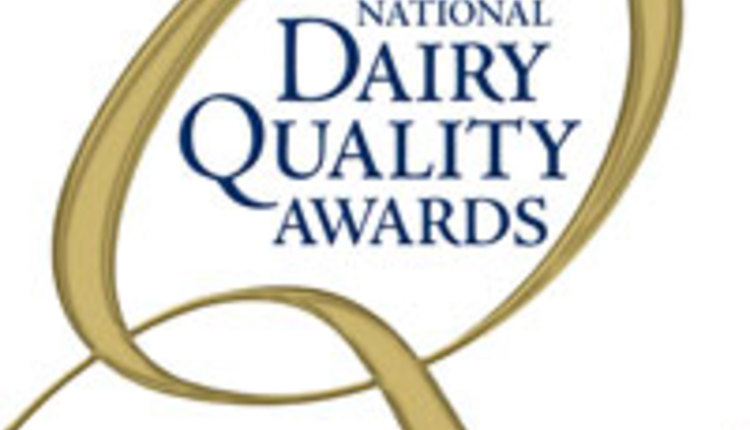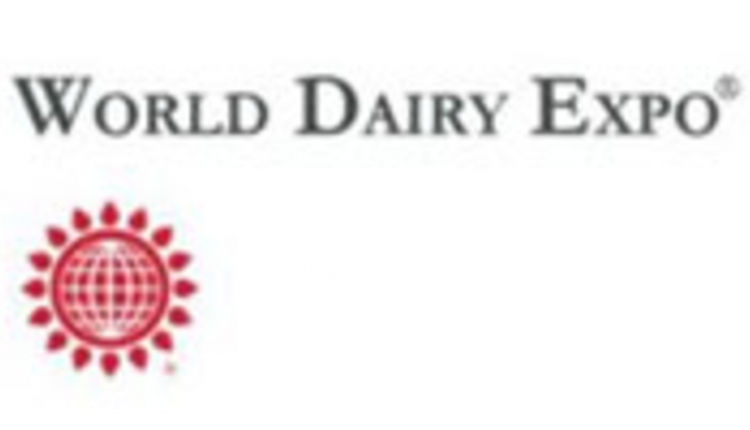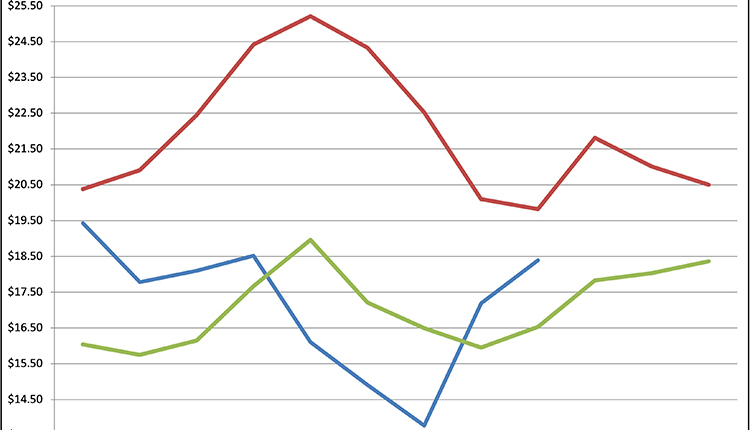One really has to wonder how we possibly could double global food output. Elanco's Jeff Simmons tells audiences that, by 2050, we will have 50 percent more people (about 9 billion) and will need 100 percent more food to prevent the hunger, nutrition-related diseases, and starvation that exists today.
According to the U.N. Food and Agricultural Organization, annual yield improvements for wheat, corn, rice, and soybeans have been just a fraction of what they were prior to 1990. USDA's Economic Research Service reports that "total factor productivity" which accounts for outputs and inputs continues to climb only slowly . . . about 1.5 percent per year.
With this in mind, there's a four-acre patch in England that the entire world needs to know more about. The well-studied acreage lies on a farm founded by Sir John Lawes some eight generations ago. He described the soil as "heavy loam resting on chalk and capable of producing good wheat when well manured." Sir John knew what he was talking about. An area near the center of the piece, according to the Economist magazine, yielded 165 bushels of wheat to the acre last year. But other parts of the field yielded only 30.
Same rainfall. Same climate. Why the difference? The high-yielding section has been given every technological advantage. The modest-yielding area reflects conditions typical for an underdeveloped agriculture . . . no fertilizer, no pesticide, nor any other special care.
Simmons, with Elanco, cites a U.N. Food and Agriculture Organization analysis that 70 percent of the additional food we need will have to come from efficiency-enhancing technologies for crops and livestock. In order for that to happen, policymakers, food marketers, consumers, and even food producers are going to have to keep an open mind on the tools we'll need to feed the world.
You can read this editorial comment and others in the May 25, 2011 issue on page 368.
According to the U.N. Food and Agricultural Organization, annual yield improvements for wheat, corn, rice, and soybeans have been just a fraction of what they were prior to 1990. USDA's Economic Research Service reports that "total factor productivity" which accounts for outputs and inputs continues to climb only slowly . . . about 1.5 percent per year.
With this in mind, there's a four-acre patch in England that the entire world needs to know more about. The well-studied acreage lies on a farm founded by Sir John Lawes some eight generations ago. He described the soil as "heavy loam resting on chalk and capable of producing good wheat when well manured." Sir John knew what he was talking about. An area near the center of the piece, according to the Economist magazine, yielded 165 bushels of wheat to the acre last year. But other parts of the field yielded only 30.
Same rainfall. Same climate. Why the difference? The high-yielding section has been given every technological advantage. The modest-yielding area reflects conditions typical for an underdeveloped agriculture . . . no fertilizer, no pesticide, nor any other special care.
Simmons, with Elanco, cites a U.N. Food and Agriculture Organization analysis that 70 percent of the additional food we need will have to come from efficiency-enhancing technologies for crops and livestock. In order for that to happen, policymakers, food marketers, consumers, and even food producers are going to have to keep an open mind on the tools we'll need to feed the world.
You can read this editorial comment and others in the May 25, 2011 issue on page 368.










